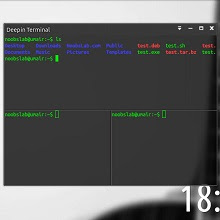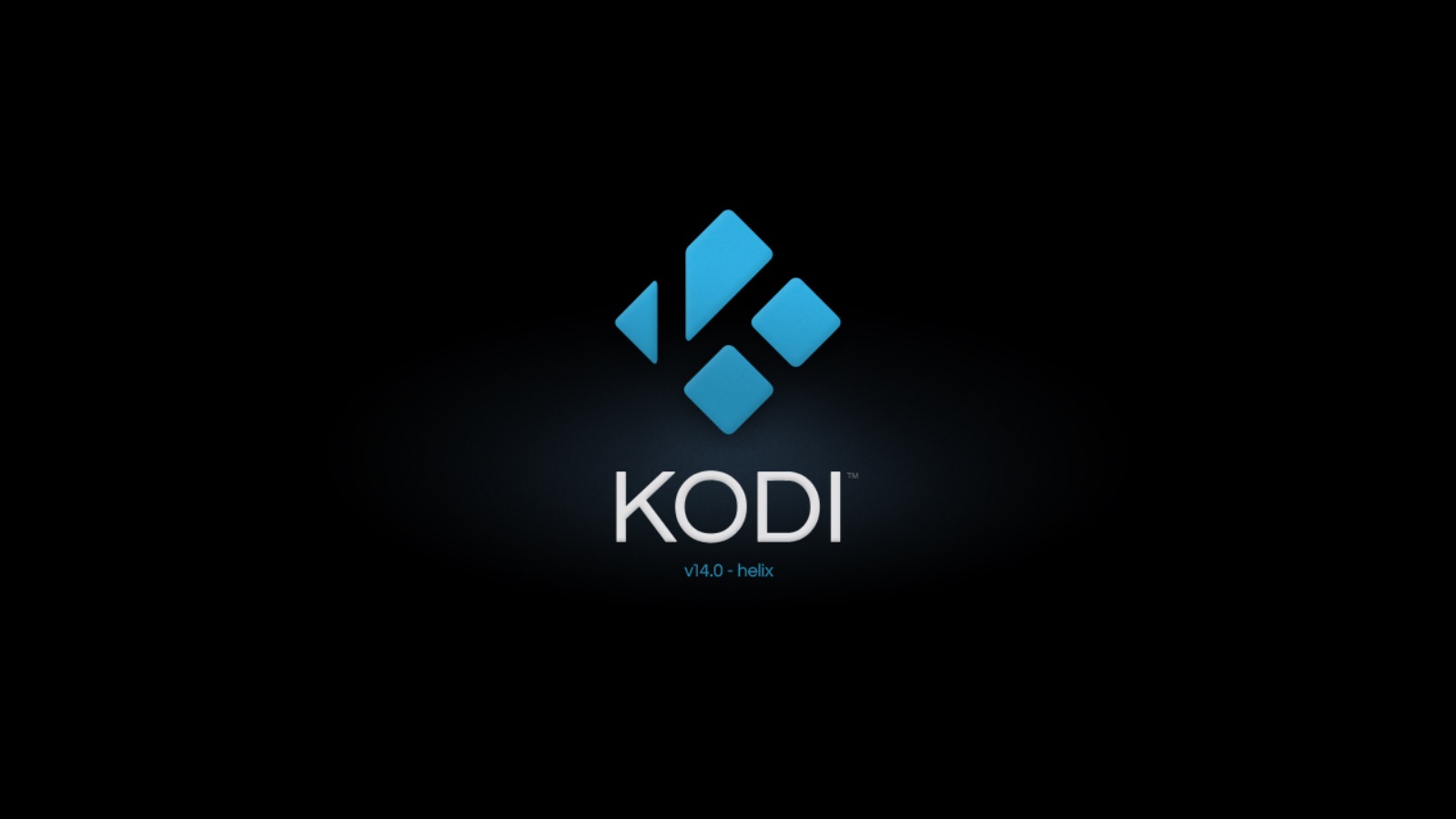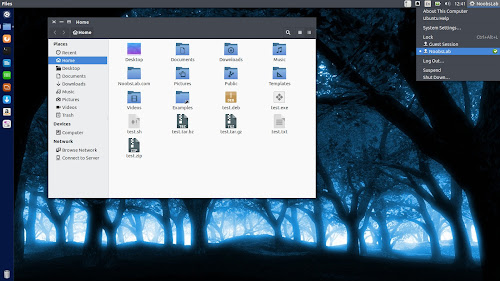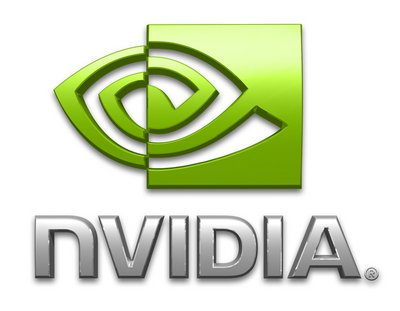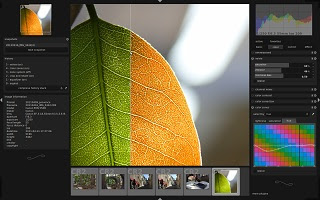NVIDIA is well-known company all over the world regarding gaming cards. Sometimes it is really difficult to configure manufacturer drivers for NVIDIA cards in Linux, there could be many reasons for this such as kernel upgrade, and so. By default Ubuntu use the open source video driver Nouveau for NVIDIA graphics card. This driver lacks support for 3D acceleration and may not work with the very latest video cards or technologies from NVIDIA. An alternative to Nouveau are the closed source unified NVIDIA drivers, which are developed by NVIDIA. This driver provides excellent 3D acceleration and video card support.
If you are tired of compiling drivers and kernels then use
xorg-edgers PPA to install latest drivers for NVIDIA graphics card and get high performance from your card. This PPA xorg-edgers is up-to-date among others and offers old and latest drivers for different kind of NVIDIA cards, which means you can choose to install what is best performing driver for your card. In latest drivers if you encounter any kind of issue, you can directly submit bug
reports to NVIDIA, in order to fix that issue in future releases.
- Added support for the following GPU: GeForce 910M
- Fixed a bug that caused poor video post-processing performance in VDPAU when operating on a large number of video streams simultaneously.
- Fixed a bug that could cause an Xid error when terminating a video playback application using the overlay presentation queue in VDPAU.
- Updated nvidia-installer to avoid recursing too deeply into kernel source trees under /usr/lib/modules, mirroring an existing restriction on recursion under /lib/modules.
- Fixed a rare deadlock condition when running applications that use OpenGL in multiple threads on a Quadro GPU.
- Fixed a kernel memory leak that occurred when looping hardware - accelerated video decoding with VDPAU on Maxwell-based GPUs.
- Fixed a bug that caused the X server to crash if a RandR 1.4 output provided by a Sink Output provider was selected as the primary output on X.Org xserver 1.17 and higher.
- Fixed a bug that caused waiting on X Sync Fence objects in OpenGL to hang indefinitely in some cases.
- Fixed a bug that prevented OpenGL from properly recovering from hardware errors or sync object waits that had timed out.
- Added support for the following GPUs: GeForce GTX 970M, GeForce GTX 980M
- Fixed a bug that caused a blank screen when setting a mode requiring YUV 4:2:0 compression. These modes are not currently supported.
- Fixed a bug that caused an incorrect DisplayPort link configuration to be displayed after a hotplug or unplug.
- Added support for decoding VP8 video streams using the NVCUVID API on GPUs with VP8 hardware decode support.
- Added support for the following EGL extensions: EGL_EXT_device_base, EGL_EXT_platform_device, EGL_EXT_output_base
- Added the ability to increase the operating voltage on certain GeForce GPUs in the GeForce GTX 400 series and later. Voltage adjustments are done at the user's own risk. See the documentation on the "CoolBits" X configuration option in the README for details.
- Added support for NVENC on GeForce GPUs. For more details on the NVENC SDK, see:
- https://developer.nvidia.com/nvidia-video-codec-sdk.
- Removed a sanity check in nvidia-installer that tested the availability of POSIX shared memory. The NVIDIA GPU driver has not required POSIX shared memory since release 270.xx.
- Added accelerated support for r8g8b8a8, r8g8b8x8, b8g8r8a8 and b8g8r8x8 RENDER formats.
- Updated nvidia-settings to take advantage of GTK+ 3, when available. This is implemented by building the nvidia-settings user interface into separate shared libraries (libnvidia-gtk2.so, libnvidia-gtk3.so), and loading the correct one at run-time.
- Added the nvidia-settings option --gtk-library to allow specifying the path of the directory containing the user interface library or the path and filename of the specific library to use.
- Added support in nvidia-settings for a GTK+ 3 user interface on x86 and x86_64.
- Added the nvidia-settings option --use-gtk2 to force the use of the GTK+ 2 UI library.
- Updated nvidia-installer to install a file in the system's xorg.conf.d directory, when a sufficiently new X server is detected, to cause the X server to load the "nvidia" X driver automatically if it is started after the NVIDIA kernel module is loaded.
- This feature is supported in X.Org xserver 1.16 and higher when running on Linux 3.9 or higher with CONFIG_DRM enabled.
- Improved the performance of nvidia-installer by enabling the use of parallel make when building the NVIDIA kernel modules. The concurrency level can be set with the --concurrency-level option, and defaults to the number of detected CPUs.
- Updated nvidia-installer to determine default installation locations for libraries based on the presence of known paths in the ldconfig(8) cache and the filesystem, rather than hardcoded distro-specific paths.
- Fixed a GLSL compiler bug that would produce corruption when running games in Wine.
- Fixed the EGL_KHR_stream_cross_process_fd extension.
- Fixed rendering corruption that sometimes happened when calling
- DrawElementsInstancedBaseVertexBaseInstance(),
- DrawElementsInstancedBaseInstance(),
- or DrawArraysInstancedBaseInstance().
- Dramatically improved OpenGL Framebuffer Object creation performance.
- Removed the limit on the maximum number of OpenGL Framebuffer Objects.
- Updated the NVIDIA OpenGL driver to prefer $XDG_CACHE_HOME over $HOME as the default location for storing the GL shader disk cache.
Supported Cards (using 352.30 drivers) are as follows:
- GeForce GTX TITAN X, GeForce GTX 980 Ti, GeForce GTX 980, GeForce GTX 970, GeForce GTX 960
- GeForce GTX 980M, GeForce GTX 970M, GeForce GTX 965M, GeForce GTX 960M, GeForce GTX 950M, GeForce 940M, GeForce 930M, GeForce 920M, GeForce 910M
- GeForce 800M Series (Notebooks): GeForce GTX 880M, GeForce GTX 870M, GeForce GTX 860M, GeForce GTX 850M, GeForce 840M, GeForce 830M, GeForce 820M, GeForce 810M
- GeForce 700 Series: GeForce GTX TITAN Z, GeForce GTX TITAN Black, GeForce GTX TITAN, GeForce GTX 780 Ti, GeForce GTX 780, GeForce GTX 770, GeForce GTX 760, GeForce GTX 760 Ti (OEM), GeForce GTX 750 Ti, GeForce GTX 750, GeForce GTX 745, GeForce GT 740, GeForce GT 730, GeForce GT 720, GeForce GT 710, GeForce GT 705
- GeForce 700M Series (Notebooks): GeForce GTX 780M, GeForce GTX 770M, GeForce GTX 765M, GeForce GTX 760M, GeForce GT 755M, GeForce GT 750M, GeForce GT 745M, GeForce GT 740M, GeForce GT 735M, GeForce GT 730M, GeForce GT 720M, GeForce 710M
- GeForce 600 Series: GeForce GTX 690, GeForce GTX 680, GeForce GTX 670, GeForce GTX 660 Ti, GeForce GTX 660, GeForce GTX 650 Ti BOOST, GeForce GTX 650 Ti, GeForce GTX 650, GeForce GTX 645, GeForce GT 645, GeForce GT 640, GeForce GT 630, GeForce GT 620, GeForce GT 610, GeForce 605
- GeForce 600M Series (Notebooks): GeForce GTX 680MX, GeForce GTX 680M, GeForce GTX 675MX, GeForce GTX 675M, GeForce GTX 670MX, GeForce GTX 670M, GeForce GTX 660M, GeForce GT 650M, GeForce GT 645M, GeForce GT 640M, GeForce GT 640M LE, GeForce GT 635M, GeForce GT 630M, GeForce GT 625M, GeForce GT 620M, GeForce 610M
- GeForce 500 Series: GeForce GTX 590, GeForce GTX 580, GeForce GTX 570, GeForce GTX 560 Ti, GeForce GTX 560 SE, GeForce GTX 560, GeForce GTX 555, GeForce GTX 550 Ti, GeForce GT 545, GeForce GT 530, GeForce GT 520, GeForce 510
- GeForce 500M Series (Notebooks): GeForce GTX 580M, GeForce GTX 570M, GeForce GTX 560M, GeForce GT 555M, GeForce GT 550M, GeForce GT 540M, GeForce GT 525M, GeForce GT 520M
- GeForce 400 Series: GeForce GTX 480, GeForce GTX 470, GeForce GTX 465, GeForce GTX 460 SE v2, GeForce GTX 460 SE, GeForce GTX 460, GeForce GTS 450, GeForce GT 440, GeForce GT 430, GeForce GT 420
- GeForce 400M Series (Notebooks): GeForce GTX 485M, GeForce GTX 480M, GeForce GTX 470M, GeForce GTX 460M, GeForce GT 445M, GeForce GT 435M, GeForce GT 425M, GeForce GT 420M, GeForce GT 415M, GeForce 410M, GeForce 405M
- Quadro Series: Quadro M6000, Quadro K6000, Quadro K5200, Quadro K5000, Quadro K4000, Quadro K4200, Quadro K2200, Quadro K2000, Quadro K2000D, Quadro K1200, Quadro K620, Quadro K600, Quadro K420, Quadro 6000, Quadro 5000, Quadro 4000, Quadro 2000, Quadro 2000D, Quadro 600, Quadro 410
- Quadro Series (Notebooks): Quadro K5100M, Quadro K5000M, Quadro K4100M, Quadro K4000M, Quadro K3100M, Quadro K2200M, Quadro K2100M, Quadro K3000M, Quadro K2000M, Quadro K1100M, Quadro K1000M, Quadro K620M, Quadro K610M, Quadro K510M, Quadro K500M, Quadro 5010M, Quadro 5000M, Quadro 4000M, Quadro 3000M, Quadro 2000M
- Quadro NVS Series: NVS 510, NVS 315, NVS 310
- Quadro NVS Series (Notebooks): NVS 5400M, NVS 5200M, NVS 4200M
- Quadro Plex Series: Quadro Plex 7000
- Quadro Sync Series: Quadro Sync, Quadro G-Sync II
- Quadro SDI: Quadro SDI
- GRID Series: GRID K2, GRID K520, GRID K1, GRID K340
- NVS Series: NVS 510, NVS 315, NVS 310
- NVS Series (Notebooks): NVS 5400M, NVS 5200M, NVS 4200M
Note: We're not responsible for any damage to your computer/data, install these drivers on your own risk and please don't report bugs here because this PPA is not maintained by us.
>>>Different version of drivers available for NVIDIA cards which is managed in xorg-edgers PPA. Supported OS Ubuntu 15.04/14.10/14.04/12.04/Linux Mint 17.1/17/13/and other related Ubuntu derivatives
To Install/Update Nvidia card drivers open Terminal (Press Ctrl+Alt+T) and copy the following commands in the Terminal:
>>To install 352.xx drivers (Only for Ubuntu 15.10/15.04/14.04)
>>To install 346.xx drivers (For Ubuntu 15.10/15.04/14.04/12.04)
>>To install 340.xx drivers (For Ubuntu 15.04/12.04)
>>To install 331.xx drivers (For Ubuntu 15.04/14.04/12.04)
>>To install 304.xx drivers (For Ubuntu 15.04/14.04/12.04)
Screen Blanks/Monitor Turns Off (Geforce Go card)
Using a laptop with a GeForce Go card, or connecting the sole display via DVI on a dual-head system sometimes results in the screen not receiving a picture. This is caused by the driver outputting video to the VGA port on the graphics card, instead of DVI.
The usual hint that you have this problem is when you hear the startup sound but nothing appears on the screen. If you do not hear any sound, you are more than likely experiencing unrelated problems.
Switch to the console by using
CTRL+ALT+F1, or reboot and select recovery mode from the GRUB menu.
Open and edit xorg.conf like this:
sudo nano /etc/X11/xorg.conf
Find the line that says: Section
"Screen"
Insert a new line that says Option
"UseDisplayDevice" "DFP"
Save the file. Use
sudo reboot to restart your computer.
Uninstall Nvidia Drivers
If something went wrong after installation of NVIDIA drivers, then follow these steps to recover.
1-> Boot into recovery mode
If you don't see Grub (recovery option) just hold "
Shift" before boot and choose recovery option
2-> Now in following menu choose "
root"
3-> Now uninstall Nvidia drivers using commands:
4-> Now remove xorg configuration:
5-> Now Reinstall the Mesa package for GL:
6-> Now reboot
That's it



